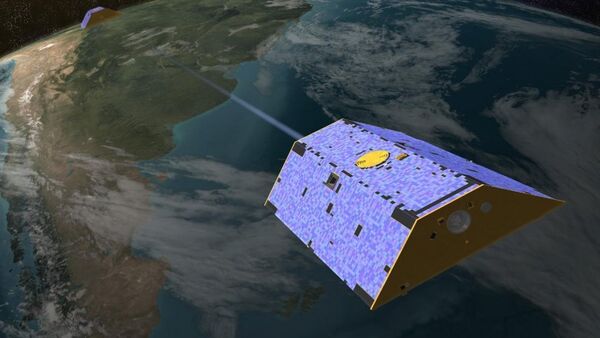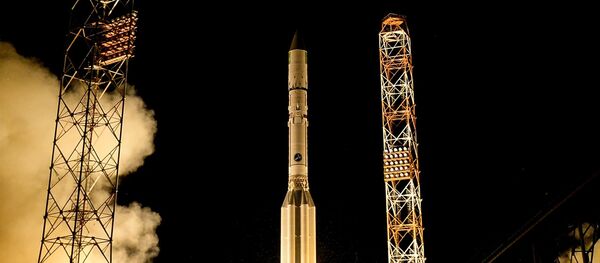The satellite pair, a joint project between NASA's Jet Propulsion Laboratory (NASA JPL) and the German Aerospace Center (DLR), began in 2002 when the GRACE satellites left Earth on a Russian Rockot launch vehicle from the Plesetsk Cosmodrome in 2002.
The main purpose of GRACE was to chart the cause of sea levels rising, the loss of ice sheets at Earth's poles, changes in Earth's gravitational field as a result of geophysics and the movements of magma within the Earth. The GRACE satellites circled Earth 15 times a day, trading information back and forth to determine minute changes in Earth's gravitational field.
"GRACE enabled tracking the movement of water via its mass, a field which was not available in spaceborne remote sensing and which opened new options to monitor and quantify climate change," Reinhard Hüttl, chairman of the board and scientific executive director of the Helmholtz Centre Potsdam — GFZ German Research Centre for Geosciences, told phys.org.
The two satellites were only meant to operate for five years. Amazingly, GRACE has beaten that duration not once but twice, clocking in 15 years, six months of study.
However, the satellites have begun to show their age. On September 4, eight of GRACE-2's 20 batteries failed in quick succession and communication was lost with the satellite for four days. The satellites are also nearly out of fuel.
Decommissioning GRACE will be pretty simple: the satellites will simply be directed towards Earth. Our planet's atmosphere will disintegrate each 1,000 pound satellite entirely within a matter of moments.
"A few small pieces are expected to survive reentry and reach the ground, but the risk they pose is very small and is within NASA requirements for satellite reentry," NASA spokesperson Alan Buis told SpaceNews.
But don't shed too many tears for GRACE. NASA JPL and DLR are already working on a modernized replacement to the twins, known as GRACE Follow On, or GRACE-FO. The new satellite twins are almost identical to the 2002 version, but with laser-based communication instead of microwave-based. GRACE-FO is anticipated to launch in late 2017 or early 2018 on the back of a SpaceX Falcon 9.






